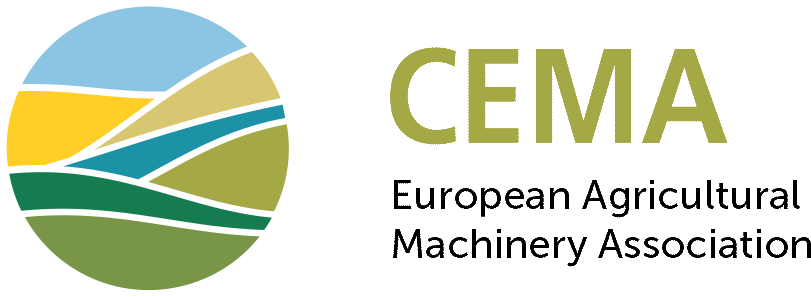The history of EU type approval for tractors
INTRO Allowing tractor technology to be marketed in all EU Member States by harmonising their approval was part of the strategy after WW2 for agricultural development. Type-approval is considered the ‘old approach’ with a layer of regulated ‘mutual recognition’ being created above the existing national structures. The first directives 74/150/EEC and 2003/37/EC saw many changes and ended up with mandatory European approval for standard tractors. Over the years the scope was widened to include agricultural towed vehicles, and tractors driving faster than 40 km/h. These files were dedicated to our vehicles and appropriate for the many types and volumes.
Within the setting of “Better Regulation” the Commission decided to harmonise approval procedures for all the vehicle categories under their care. For agricultural vehicles the result is the new 'Mother' Regulation 167/2013. The new Regulation facilitates faster changes to technical requirements, adapting them to the state of the art. However, the experience learns that it increased the burden for the industry both in terms of testing, reporting and administration. The benefits for the agricultural machinery industry remains therefore questionable.
National right to put forward non-technical restrictions
Although the requirements and procedures of this regulation cannot be disputed or changed nationally, it still remains the right of Member States and its regions to regulate road circulation in national territory as regards speed, weight and size limits, use of roads etc. So it is possible to market a 60 km/h tractor which might not be allowed to drive faster than 25 km/h on public roads.
Technical requirements & approval procedures
The 'Mother' Regulation sets the requirements for on-road circulation of agricultural vehicles. In addition for tractors it sets the requirements for workplace safety. For towed vehicles workplace safety is dealt with by the Machinery Directive. Often requirements are set by reference to dated ISO and CEN standards, UNECE regulations, and OECD codes.
The regulation also sets the responsibilities and procedures related to market surveillance – based on Regulation 765/2008 – making it suitable for type approved vehicles.
The Mother Regulation only provides the list of requirements to be complied with. They are worked out in different ‘delegated acts’. It concerns regulations for which the mandate to approve them has been delegated to the European Commission. It provides a swift way to change the technical details. As a result, where the first delegated acts were published in 2015, round two of amendments is ongoing and almost ready for approval by beginning of 2018. It will be a close call as in March 2018 the Commission loses its mandate and needs to ask for a renewal to Parliament and Council.
Enforcement
Theoretically, the regulation has been in effect since March 2013 but only as of 1stJanuary 2016 it was mandatory for new types of most wheeled tractors. For most wheeled tractors and their related components, the 'Mother' Regulation became mandatory for all types as of 1st January 2018. The old Directive 2003/37 at that moment seized to exist. These implementation dates proofed to be very challenging for manufacturers, technical services and Type Approval Authorities.
In general harmonisation in the interpretation of the legal texts needs to be ensured as well. A good example is the interpretation of the definitions of trailers and interchangeable towed equipment. Approval authorities see previously nationally approved interchangeable towed equipment, suddenly considered as trailers due to their high mass ratio (unladen versus laden). The reason is that braking requirements are more severe for trailers and it is mainly related to mass.
State of the art braking requirements
A complete new set of braking requirements has been set in 2015 based on the truck requirements in UNECE Regulation 13. It sets the same level of performance for both pneumatic and hydraulic braking systems. This includes the development of dual line hydraulic systems to meet stricter safety principles. As a large portion of the existing legacy fleet still uses single line hydraulic braking systems, a compromise was struck by allowing single line connectors on tractors until 2025. A adapted slow fading out of new towed vehicles with single line hydraulic braking systems under national type approval is highly promoted and will allow a level playing field for the whole market.
Exemptions are not the norm
The mother regulation was not regarded as a tool to regulate all vehicle types and all possible exemptions. That was the privilege of national authorities under national approval as intermediate between the market and manufacturers, on a case by case basis. The fast, not assessed copy-paste of EU requirements under national approval and even complete deletion of the national approval rules generates large problems for extra wide, extra long and extra heavy machines.







